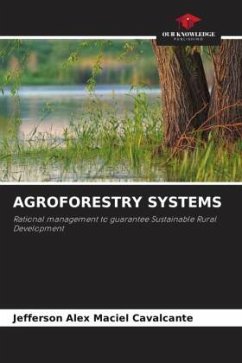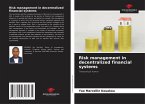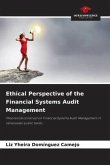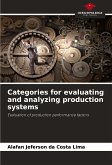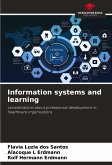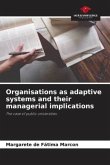Shifting agriculture, slash and burn, is a common practice among farmers in the Amazon region, which generates pressure on primary forest areas, because the area opened for the production of white farming (subsistence farming) can be cultivated for two or three years, when the farmer then abandons the area due to loss of soil fertility and infestation by invasive plants, leaving it fallow or turning it into pasture, and opens a new area. The agroforestry systems (SAF), if well managed, can be an alternative for the recovery of degraded areas and for the forest replacement of already opened areas. They can also enable permanent agriculture, allowing the production of several crops in the same area, for many years, without the use of fire, with short, medium, and long term returns. In principle, SAF should serve as a tool to reforest already open areas and recuperate degraded soils, as opposed to, as many think, replacing primary forest areas.
Bitte wählen Sie Ihr Anliegen aus.
Rechnungen
Retourenschein anfordern
Bestellstatus
Storno

